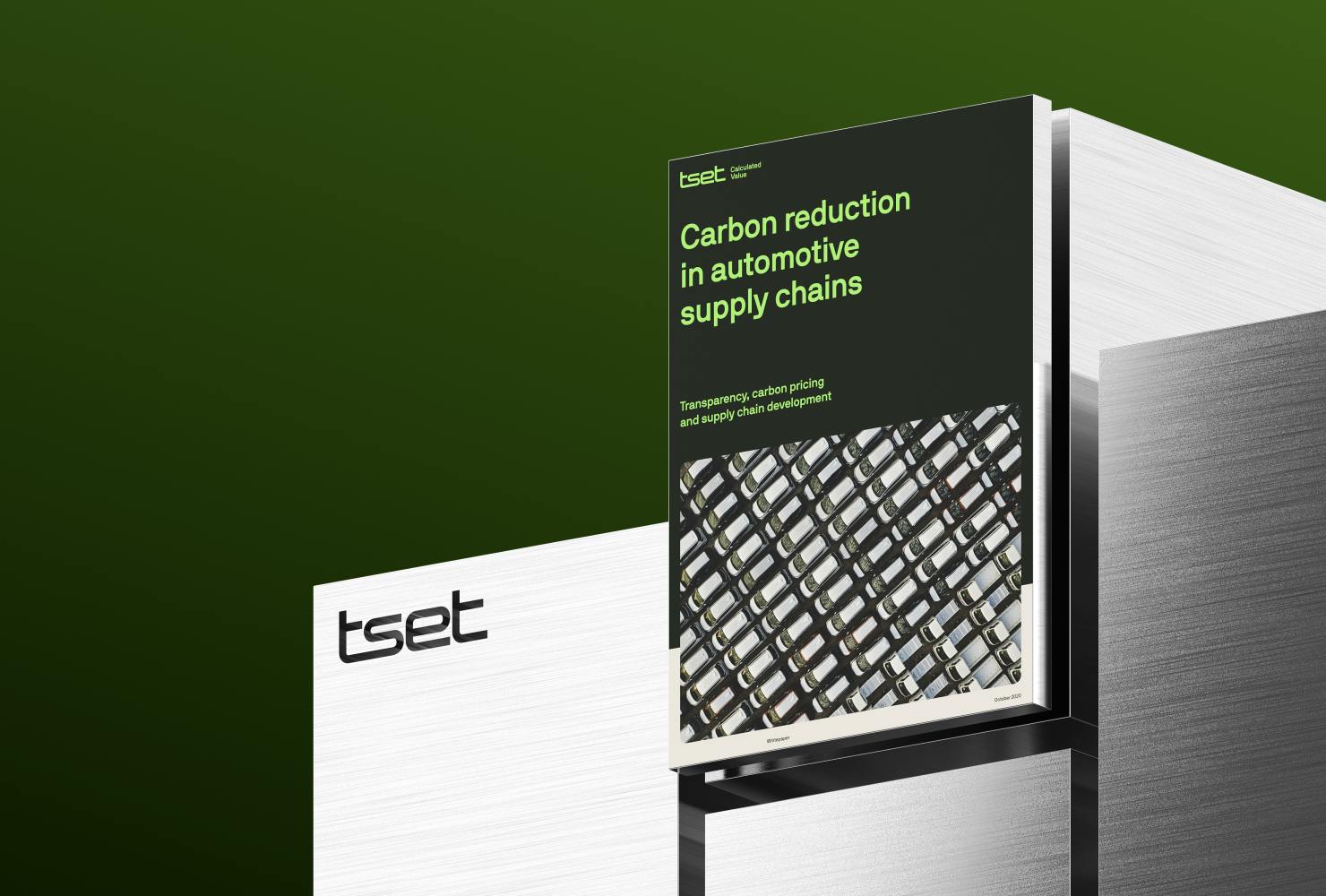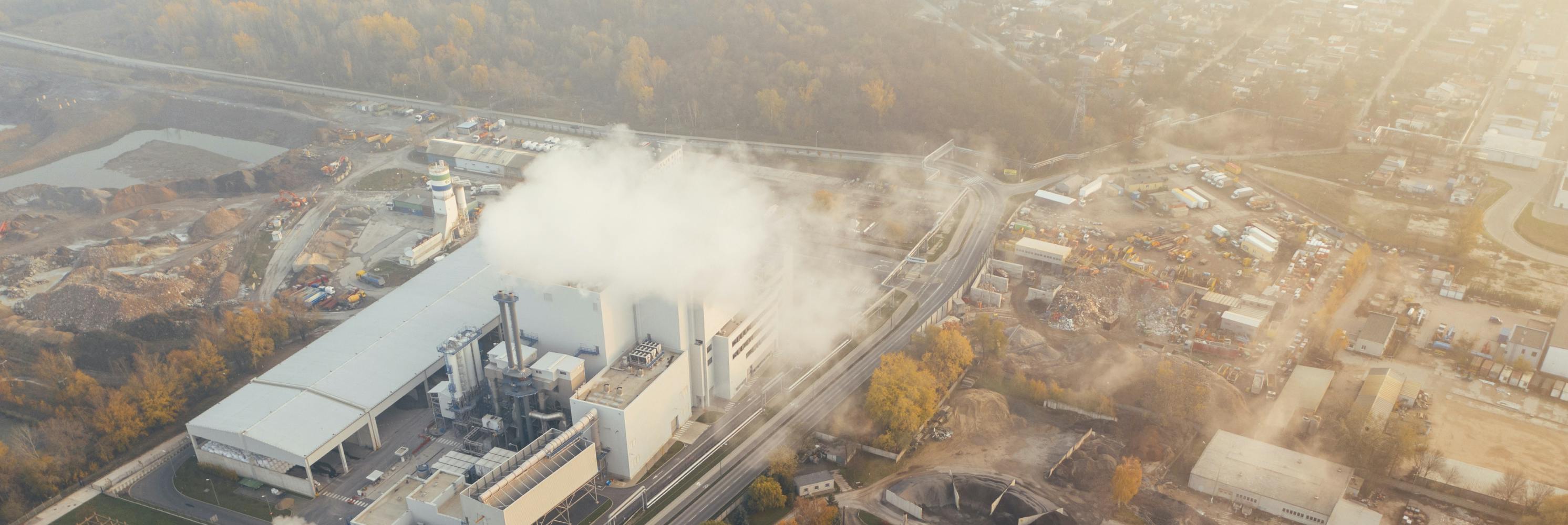The topic itself has several aspects that impact manufacturing companies, such as the frequency of natural disasters, the implementation of the EU's Green Deal, the development of the price of CO₂ certificates, the possible consequences of the outcome of the presidential election in the US in November 2024, etc. What we can assume is that material costs will rise in the long term due to CO₂ pricing along the entire value chain (CO₂ certificates for the purchase of raw materials, preliminary products, transportation, in-house production, etc. - none of this is usually transparent for customers).
It is therefore advisable to keep up to date with forecasts and to assume ongoing increases in (several?) calculation scenarios.
Products in the manufacturing industry are faced with expectations and requirements that do not all seem accomplishable. Find out about the biggest challenges and how to tackle them.









